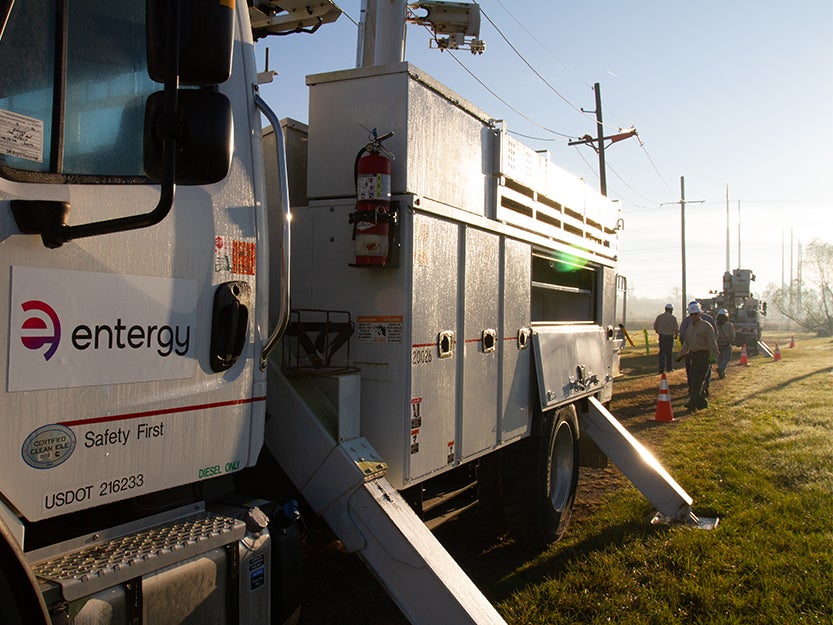88th BSB Course continues as mission transitions
Published 11:17 am Saturday, July 6, 2013
FORT POLK — The seeds of military logistics were sewn millennia ago when the Assyrians used their wits to suppress and overtake their neighbors in the Fertile Crescent. Alexander the Great — who built on the legacy of his father, Philip II of Macedon — conquered the ancient world with forward thinking and planning.
Throughout history, the art of military logistics was refined — and soldiers from Fort Polk continue to stay the course and raise the standard.
Companies from the 1st Maneuver Enhancement Brigade’s 88th Brigade Support Battalion: Headquarters, Alpha and Bravo Companies, the 41st Transportation Company and a signal team from the 337th Signal Company, deployed to various training facilities across the installation in preparation for the brigade’s transition from homeland defense to wartime fighters June 15-20.
Currently 1st MEB is supporting the last leg of its Defense Chemical, Biological, Radiological, Nuclear and High-Yield Explosive Reactionary Force mission — a task they’ve held for more than two years. This mission, which provides national support to communities struck by disaster, is slated to end in September.
Lt. Col. Jeffrey D. Witt, 88th BSB commander, believes getting back to the basics will help prepare the support battalion for future missions. “It’s a learning process. Soldiers can’t go through two years prepared to help in the U.S. and then go right into the box with full-on warfare,” he said.
“We train on core tasks that support multiple missions whether we’re working on DCRF in Florida or in Afghanistan, it’s the same mission. The only difference is in Afghanistan, we have to be able to defend ourselves, too.
“This exercise is a hybrid. It’s not DCRF-oriented, but we’re in the steps that build up to tactical preparedness so we’re prepared to go anywhere and accomplish any mission.
“We’re focusing on basic tactical skills like security and setting up, living, eating and performing personal hygiene in the field while surviving and supporting others from a field location without buildings, a power grid, running water and everything else that soldiers are used to in the base camps they operate in on a normal basis.
“This field training exercise helps bridge the transition back to our wartime mission, which is to deploy and support the brigade and a combat operation,” said Witt.
“Logistics units are very hard to take to the field because they always have customers,” Witt said. “We must maintain supply operations even when we unplug from the garrison.”
As part of their training, soldiers worked June 15-16 to set up their sites so when the installation needed them Monday morning the brigade was ready to support them.
Soldiers moved into a completely austere location and established an ability to support others. “We provided supplies, water, maintenance, fuel, ammunitions and command and control from a spot in the woods that didn’t have any other resources and were completely self-sufficient,” he said.
The units supported installation missions from the support battalion’s facilities that were relocated into the training area. Pushing soldiers from a field location in convoys to complete missions added to the training experience and tested the soldiers’ readiness and tactical capabilities in multiple procedures, Witt said.
“We completed all our regular missions from the site,” said Witt. “When we redeployed to the garrison after the field training exercise, we immediately resumed customer support to the installation.
“This training exercise was designed to give soldiers confidence in their equipment and training to set up, live in and support others from austere locations,” Witt said. “We exercised the vehicles that don’t necessarily get a lot of mileage during a normal week, and the soldiers received a lot of hands-on training.
“The mechanics fixed the equipment in the field. The wreckers recovered trucks out of the mud. And we provided real-time support that we usually perform in garrison,”?he said.
Temperatures reached heat index category five during the training exercise and provided another level of complexity.
“Everything is more complex when it’s hot,” said Witt. “The first day, soldiers can muscle through because they’re fully hydrated, but if they can’t sustain hydration, they fall further and further behind each day. What normally takes three hours takes six because of the weather.”
Work and rest cycles flowed according to the heat index. “When the heat category reaches four or five, soldiers need more time to rest — for every half hour of work they get 20 to 30 minutes of rest in the shade with water so that dehydration doesn’t become an issue. It’s intense when it’s hot out,” Witt said.
No stone goes unturned as the soldiers who completed the mission attended to minute details that affect readiness, sustainability and sufficiency.
“We train to a standard,” Witt said. “Until we reach the point of redeployment to the garrison, we continually improve the standard.
“One of the standards is that the tactical operations center is fully wired in and secured. Soldiers set up wire until it was time to go back,” Witt said.
Trash removal is also essential to the mission. “We have to coordinate every minute detail of movement, said Capt. Devanie Johnson, 88th BSB battalion adjutant. “Even Soldiers who take care of this aspect of the support brigade’s self-sufficiency have to report to the tactical operations center when they’re leaving and returning. It’s a lot to track.”
Soldiers maintain the support battalion warehouse during a field training exercise held at Fort Polk June 15-20. Supply responsibilities continued throughout the exercise where Soldiers supported installation missions as well as trained in basic Soldier skills from the support battalion’s field location. (Special to the American Press)





